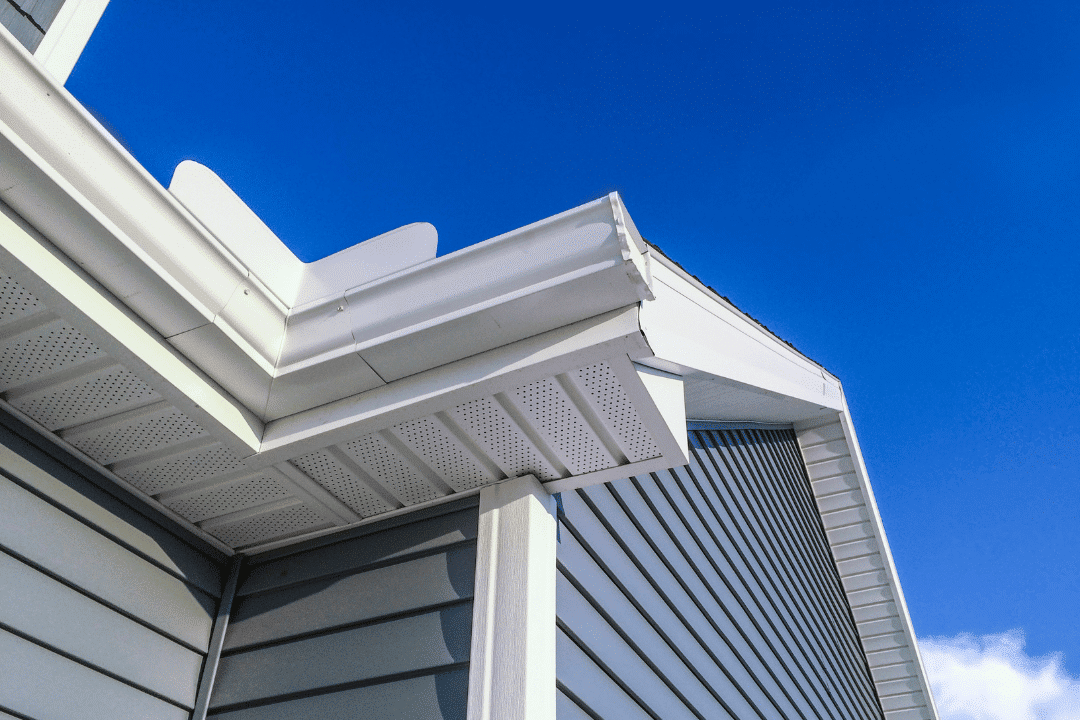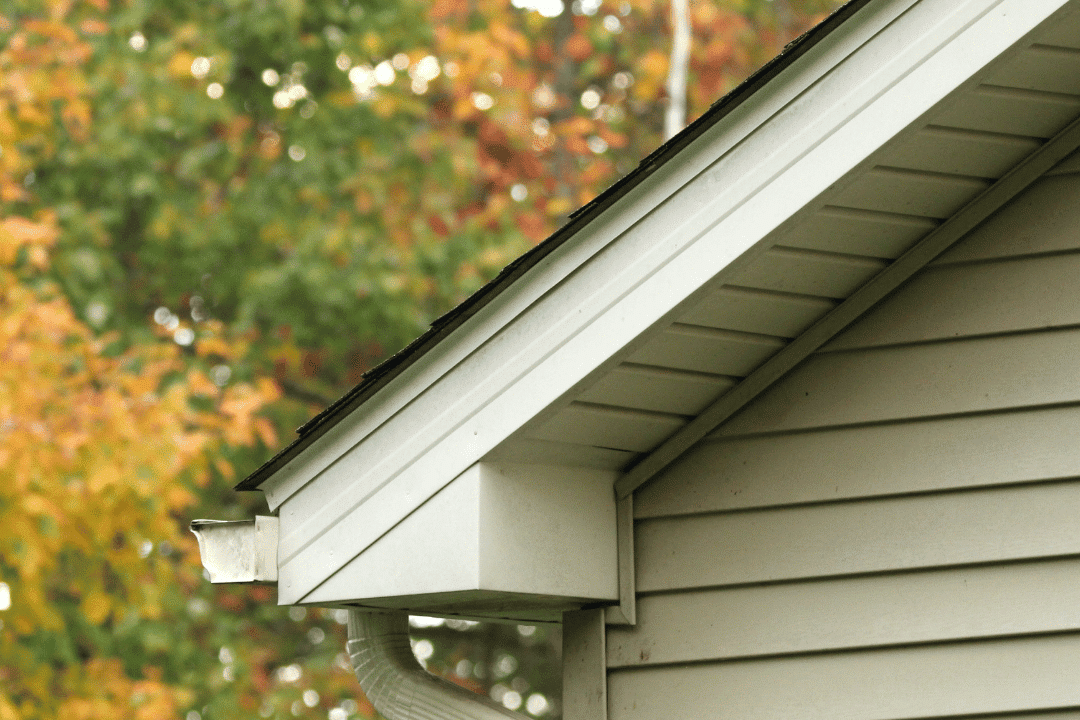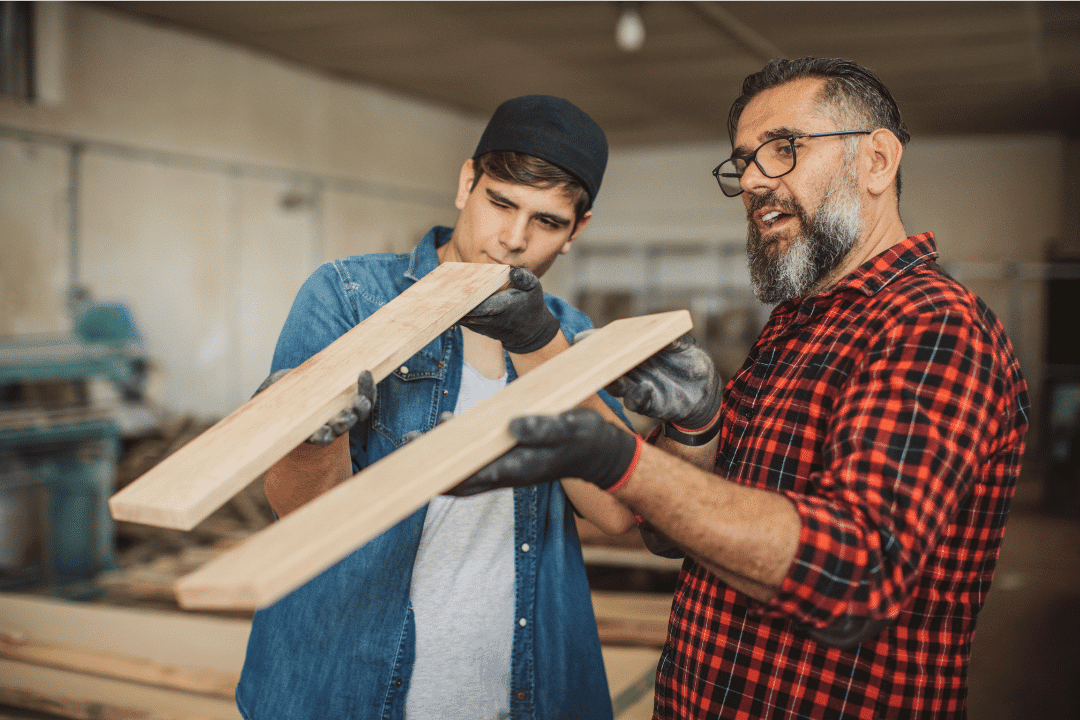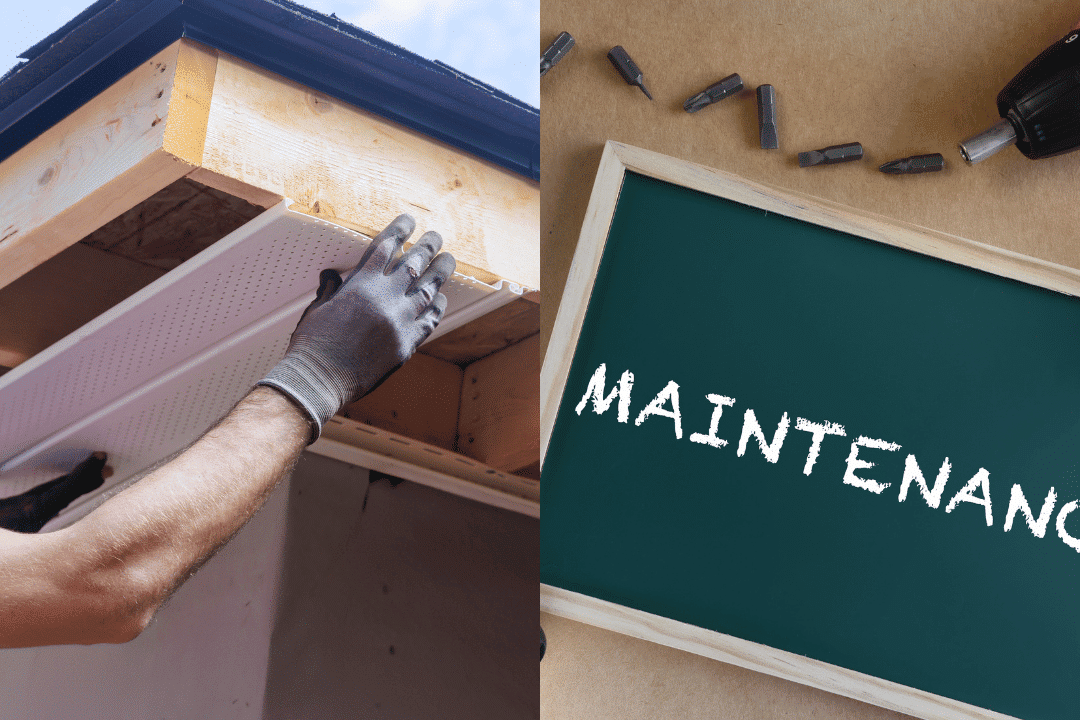Why Soffit and Fascia Matter for Every Home
You might not think about them often, but soffit and fascia play a starring role in keeping your home looking sharp and functioning efficiently. They aren’t just there to make your roofline pretty—they do a lot of heavy lifting behind the scenes. From keeping pests out to ensuring proper airflow in your attic, these unsung heroes are key to both aesthetics and practicality. And today, we’re going to dive deep into how soffit and fascia work, why they’re essential, and how you can optimize them for energy efficiency.
What is Soffit?
Let’s start with the soffit. This is the material that you see on the underside of your roof’s overhang. Think of it as the “skin” under the roof eaves. Its job isn’t just to give your home that polished look but also to allow for airflow in your attic. Without proper ventilation, you’re looking at a host of potential problems—moisture buildup, mold, and, yes, skyrocketing energy bills. Most soffits are made from materials like vinyl, aluminum, or wood, and the best part? Many of them come with ventilation built right in.
What is Fascia?
Now, fascia—it sounds fancy, but it’s a simple concept. Fascia is the vertical band that runs along the edge of your roof. This board helps to support your roof tiles and provides a solid point to attach your gutters. Without fascia, your roofline would look unfinished, and your home would be exposed to water damage. Fascia boards are typically made from wood, vinyl, or aluminum, and each option has its pros and cons (more on that later). The bottom line? Fascia not only protects your roof but also gives your home that sleek, finished look.
The Role of Soffit and Fascia in Energy Efficiency
Here’s where soffit and fascia become more than just cosmetic details—they can actually help lower your energy bills. Good ventilation from your soffit ensures that hot air doesn’t get trapped in your attic during summer, reducing the strain on your HVAC system. This means your home stays cooler without burning through energy like there’s no tomorrow. Meanwhile, fascia helps keep moisture at bay, which reduces the risk of insulation damage, preserving your home’s energy efficiency year-round.
Best Materials for Soffit and Fascia
Okay, so what materials should you go for? Let’s break it down:
Wood: Classic, warm, and traditional. It can be painted or stained to match your home’s aesthetic, but it requires regular maintenance to avoid rot and warping.
Vinyl: Popular for its affordability and low maintenance. Vinyl is resistant to moisture and insects, but it may expand and contract with temperature changes.
Aluminum: Durable and resistant to rust and corrosion, making it a great option for homes in humid or coastal areas. Aluminum can also be tricky to install and might require professional help.
Composite: This material combines the best of wood and vinyl. It’s low-maintenance and durable, with a natural look that suits any style. The catch? It can be pricier than other options.
Environmental Considerations for Soffit and Fascia
As more homeowners shift towards sustainability, it’s worth considering eco-friendly materials for your soffit and fascia. Options like composite boards made from recycled materials not only reduce your carbon footprint but also tend to be more durable, meaning fewer replacements down the line. Also, when choosing your soffit, make sure the ventilation it provides is up to snuff—that can significantly impact your home’s overall energy use.
Aesthetic Impact of Soffit and Fascia
Beyond their functional benefits, soffit and fascia do wonders for your home’s curb appeal. With a wide variety of colors and styles, you can choose a look that complements the rest of your home’s exterior. Whether you prefer the natural charm of wood or the clean, crisp lines of vinyl or aluminum, these elements help frame your roof and enhance your home’s overall design. It’s like putting the perfect trim on a well-tailored suit—small detail, big impact.
Installation and Maintenance Tips
Here’s the thing—soffit and fascia need regular TLC to keep doing their job effectively. Here are some pro tips:
Regular Cleaning: A simple wash with soap and water can prevent buildup that leads to damage.
Inspect for Damage: Every season, give your soffit and fascia a once-over. Look for cracks, peeling paint, or signs of rot. Catching these early can save you from costly repairs down the road.
Trim Overhanging Branches: Keep tree branches away from your roofline—they’re a prime source of damage.
Clear Your Gutters: Clogged gutters lead to water overflow, which can damage fascia. Keep them clear, and you’ll extend the life of your fascia boards.
Common Problems and How to Avoid Them
Neglecting soffit and fascia can lead to a whole host of issues. Moisture damage, rot, and pest infestations are just the start. The good news? With regular maintenance, these problems are completely avoidable. Keep your gutters clean, inspect for damage regularly, and don’t hesitate to bring in a pro if you need repairs.
Investing in Quality Soffit and Fascia for Long-Term Benefits
Soffit and fascia may not be the flashiest parts of your home, but they’re definitely two of the most important. By investing in quality materials and maintaining them properly, you’re not only enhancing your home’s curb appeal but also protecting it from costly damage and improving its energy efficiency. So take care of those roof details—they’re small but mighty!
Looking to Protect Your Home Even Further?
Now that you’ve got the lowdown on soffit and fascia, it’s time to think about the rest of your home’s exterior. If you’re looking to shield your house from water damage, rot, or even foundation issues, Rainstorm Waterproof & Masonry is here to help. Whether you need expert masonry work, foundation repairs, or waterproofing solutions, our team can ensure your home stays protected from the elements. Contact us today, and let’s keep your home safe and secure—one brick, seal, and waterproof coating at a time.
FAQs
What are soffit and fascia, and why are they important for my home?
Soffit is the material under the roof’s overhang, providing ventilation for your attic. Fascia is the vertical board along the roofline, supporting gutters and protecting the roof’s edge from water damage. Together, they enhance curb appeal and contribute to the structural integrity of your home.
How do soffit and fascia contribute to energy efficiency?
Soffit allows proper attic ventilation, preventing heat buildup in the summer and moisture accumulation in the winter. This reduces strain on your HVAC system, making your home more energy-efficient.
What materials are best for soffit and fascia?
Common materials include wood, vinyl, and aluminum. Wood offers a classic look but requires more maintenance, while vinyl and aluminum are durable and low-maintenance. The best choice depends on your climate and aesthetic preferences.
How often should soffit and fascia be maintained?
It’s recommended to inspect and clean your soffit and fascia at least once a year. Look for signs of rot, peeling paint, or damage, and make repairs as needed to prevent water damage and pest infiltration.
What other exterior services should I consider to protect my home?
In addition to soffit and fascia, you should consider services like siding installation, guttering, roof replacement, and flat roof maintenance to ensure your home is fully protected from the elements.
How does basement waterproofing protect my home?
Basement waterproofing prevents water from seeping into your foundation, which can lead to structural damage, mold growth, and increased repair costs. It’s essential for homes in areas prone to heavy rain or flooding.
When is it time to replace my roof?
If your roof is over 20 years old, has frequent leaks, or shows signs of significant wear and tear, it may be time for a roof replacement. Additionally, if you notice sagging or missing shingles, contact a professional for an inspection.
What are the benefits of metal roofing?
Metal roofing is durable, energy-efficient, and can last up to 50 years with proper maintenance. It’s resistant to harsh weather conditions and can help reduce cooling costs due to its reflective properties.
What are the advantages of installing a patio or outdoor fireplace?
A well-designed patio or fireplace & pit adds value to your home, extends your living space outdoors, and provides a cozy environment for entertaining. It can also enhance the aesthetic appeal of your yard.
How can I prevent water damage to my steps and stairs?
Regularly inspect your steps and stairs for cracks and ensure proper waterproofing to avoid water damage. Applying sealants and keeping gutters clear can prevent water from accumulating and causing deterioration.







